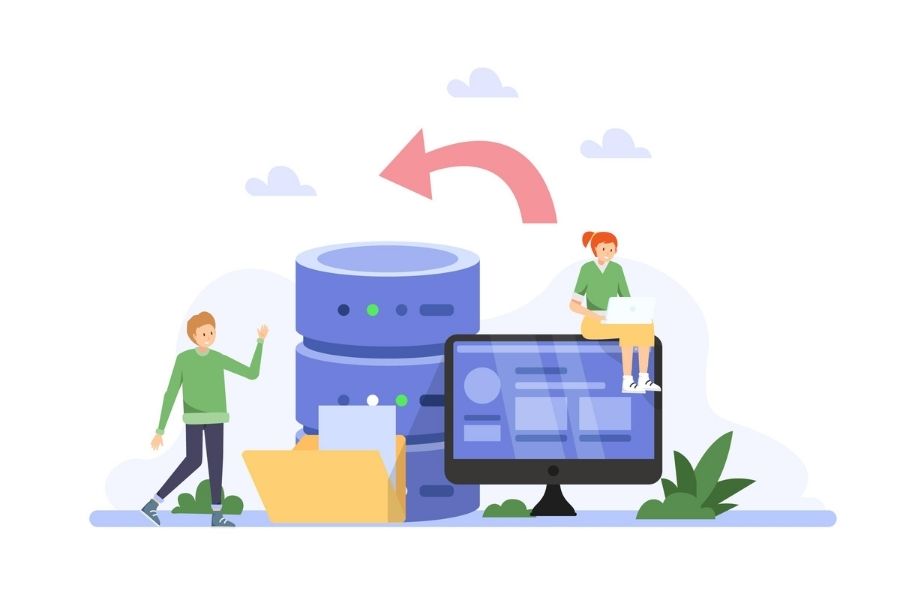The digital era is booming and cloud computing has become a ubiquitous part of the IT infrastructure of most businesses and organizations. They are required to adapt to this shift, and moving from traditional systems to the cloud is a rather complex process, affecting cost, scalability, security, and performance. In this article, we would like to introduce rehost vs replatform and the pros and cons of each approach so that users can make an informed decision.
Overview of Rehost
Rehost, more commonly known as the “lift-and-shift” approach, relates to the process of moving applications to the cloud without any modifications. This is usually the fastest method of migration, as it simply copies all the data from the existing environment and moves it to the cloud. The approach is a popular choice with businesses that are in the early stages of transition and want to see the benefits quickly, such as reducing data center costs.
Overview of Replatform
As you compare rehost vs replatform, there is a difference between them. Replatform is a mid-way approach and it refers to doing some cloud optimization to gain some benefit without causing the core application architecture to be changed. In other words, this approach is to either migrate an application to a fully managed platform or change the database to a PaaS (Platform as a Service) system.
Rehost vs Replatform: Unveiling the Pros and Cons
Between rehost vs replatform, rehost is the easiest and most cost-effective way to migrate to the cloud. It requires users to have minimal time and expertise to implement. At the same time, this strategy helps to reduce the risk of breaking anything by messing with the organization’s application code.
Meanwhile, replatform does not require a large investment of time or money and it is quite convenient for some businesses today because there are already several SaaS (Software as a Service) options that provide these solutions. The method will allow retailers to improve one part of the application while the rest of the application remains active in the cloud.
When it comes to disadvantages, rehost vs replatform both have elements that need to be improved. While rehosting is a quick and simple approach, it can prevent an organization from taking full advantage of the features and functionality offered by cloud-native applications and thus can cause errors due to complex application dependencies or long downtimes. Plus, this is the first step for companies looking to grow quickly but it may not be the best long-term solution for those looking to optimize their operations in the cloud.
Replatforming can offer a good balance between cost and performance optimization but sometimes it can get out of control. In addition, this transformation requires more time and effort to perform. Furthermore, users may have risks such as errors in or configuration code as this support can vary from the implementation of only a few minor changes to the application or service to the reestablishment architecture of some components. The user, therefore, to limit the risk, needs to establish a thorough plan of the desired features to change in advance and the changes must be made carefully.
Conclusion
Rehost vs Replatform are two migration methods to help make your store grow. These supports will help enhance the buying experience while maximizing revenue. If you are looking for a POS (point of sale) system that supports these two conversion methods, feel free to contact us.
►►► See our products: Magento POS, BigCommerce POS, Shopify POS, Woocommerce POS, NetSuite POS, Commercetools POS, Customize POS, Customer Experience Solution and Next-Gen POS



